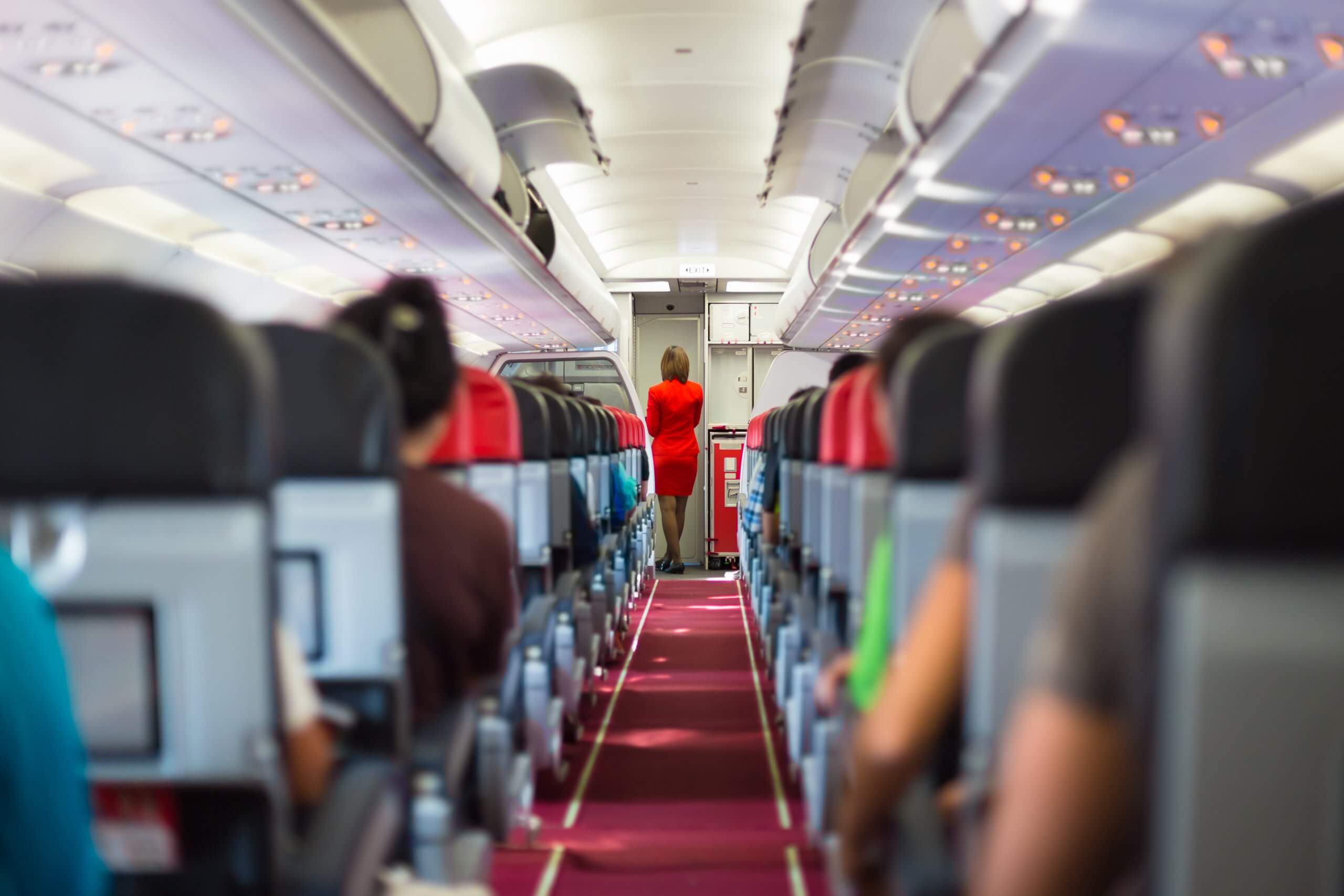If you go to JetBlue’s website today, you’ll find a whole page dedicated to explaining the measures they’ve put into place to ensure the safety of crew and passengers. Clean air and surfaces is on the list. With so many concerned about the safety of air travel during the pandemic, JetBlue is not the only airline taking the time to explain airplane health and safety. Recent studies have also shown that filtration and ventilation are key to keeping indoor air quality at optimal levels. For airlines, that means emphasizing remarkably high airplane ventilation rates.
JetBlue’s safety page explains their aircrafts’ air filtration process:
“All of our aircraft are equipped with hospital-grade HEPA air filters. All recirculated air is passed through these filters before re-entering the cabin or being mixed with fresh air. HEPA filters remove 99.97% or more of particles, bacteria and viruses. All of the air in the cabin is completely changed about every three minutes with approximately 50% fresh air and 50% HEPA filtered air.”
They also provide a helpful video explainer and visual aid of how air circulation works on airplanes:
What Scientists Say About High Airplane Ventilation Rates
Scientists at Georgia Tech ran a study to see which indoor spaces had the best indoor air quality. Specifically, to determine which space had the lowest amount of airborne particles and pollutants. This included testing commercial flights, airport buildings, restaurants, shops, offices, cars and public transportation. Airplanes won. That’s because the average in-flight airplane ventilation rate is between 10 and 30 air exchanges per hour. That’s a huge air circulation rate. Some aircraft mix filtered air with fresh air, as seen in JetBlue’s video. Others exclusively bring in fresh outside air while at cruising altitudes.
“We wanted to highlight how important it is to have a high ventilation rate and clean air supply to lower the concentration of particles in indoor spaces,” said Nga Lee “Sally” Ng, an associate professor at Georgia Tech’s School of Chemical and Biomolecular Engineering and the School of Earth and Atmospheric Sciences, about the study. “The in-flight cabin had the lowest particle mass and particle number concentration.”
Is it Safe to Travel on Airplanes?
According to the research, it is potentially safer to travel on airplanes than it is to eat indoors at restaurants. That is of course still with proper pandemic safety measures. The capacity at which a commercial airplane filters out particulates and dilutes indoor air with fresh air makes a great case.



